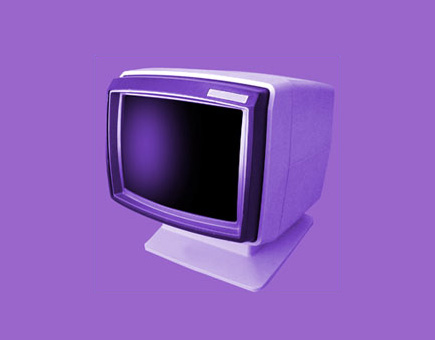Terminal emulation is a technology that evolved out of a need to replace the traditional hardware terminals used to connect to mainframe and host systems. At Turbosoft, we specialize in software based terminal emulation, mostly for Windows platforms and embedded systems. However historically there have been other solutions that have been developed to replace the original terminals.
There are several reasons why the original hardware terminals found themselves an endangered species beginning in the early 1980's. Most obviously the release and popularity of DOS powered IBM PCs into the workplace lead to office desks becoming populated with multi function stand alone personal computers. Where a user also required access to a host or mainframe system through a terminal they suddenly found themselves requiring two separate sets of monitor and keyboards. Attempts were made to rationalize this situation by having the PC also perform the job of the terminal.
There were also instances of corporate amalgamations and takeovers which occasionally lead to a company IT department inheriting several sets of host systems and their accompanying incompatible terminals. If a user found themselves with a 3270 requirement and, for example a DEC or Hewlett Packard host it didn't make a lot of sense for them to have two or more terminals taking up space on an office desk. So, solutions were found.
The IRMA Board
The IRMA board was a PC expansion card which provided both the 3270 emulation and the hardware connection via coaxial cable. The IRMA board had it's heyday in the 1980's when it was very big business. The market for IRMA boards dropped off in later years partly as a result of the move to Telnet based 3270 terminals (see our post on SNA and TCP/IP) which precipitated a move to software based 3270 emulation.
Hybrid PC's
An alternative was a kind of combination PC such as (3270-PC) aka the IBM 5721. This PC functioned like a normal IBM XT and ran IBM's PC-DOS however it also provided hardware level support for 3270 emulation and a custom keyboard which closely resembled the 3270 terminal keyboard. IBM also released an IBM AT version of it's 3270 hybrid.
Multi-Personality Terminals

If you look through the list of terminals emulated by TTWin or any other Turbosoft software you'll find that often a terminal manufacturer is also a maker of host systems. Obvious examples include IBM, DEC, Unisys and, for mini systems manufacturers like Data General and McDonnell Douglas.
There are, however, a number of companies who produced terminals but never actually produced host systems. Companies like Wyse whose specialization was manufacturing terminals. They made products that were capable of assuming one of a number of 'personalities' of other terminals in addition to their own, filling a role in organizations with multi-host environments.
Ultimately (and happily for Turbosoft!) all these solutions were replaced by software emulation. You can now find software terminal emulators for just about any platform you care to think of: Android, iOS, MacOS, Web based terminal emulation and of course, our own Windows Terminal emulator, TTWin.
TTWin 4 is Turbosoft's premier terminal emulation software for Windows operating systems.
With support for 80+ terminal types, secure SSL connections up to TLS1.3, SSH and SFTP along with macro and scripting support, TTWin4 is a comprehensive terminal emulation solution for superior host connectivity.
For product information, free trial software and technical specifications, visit the TTWin 4 product page.

